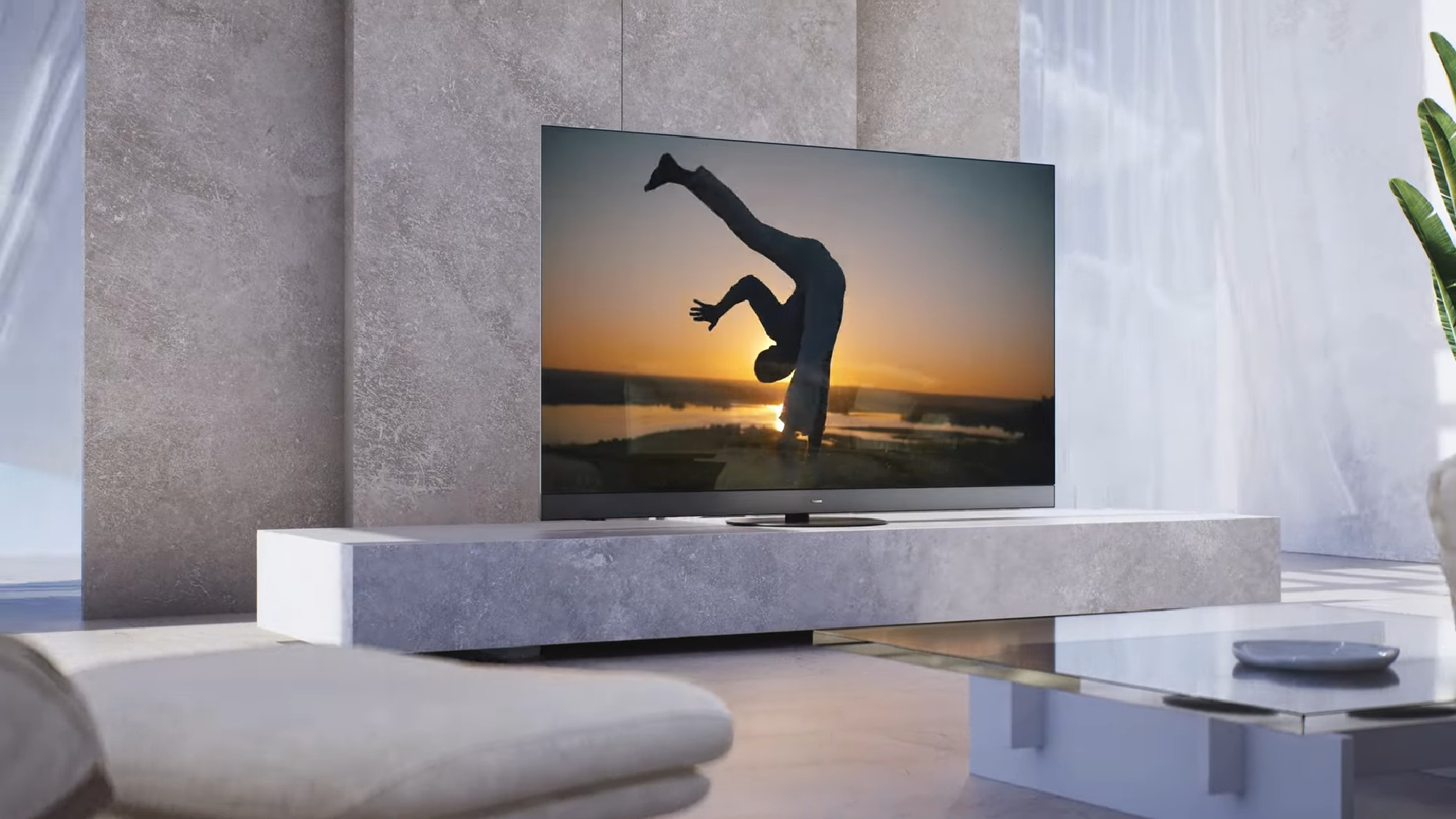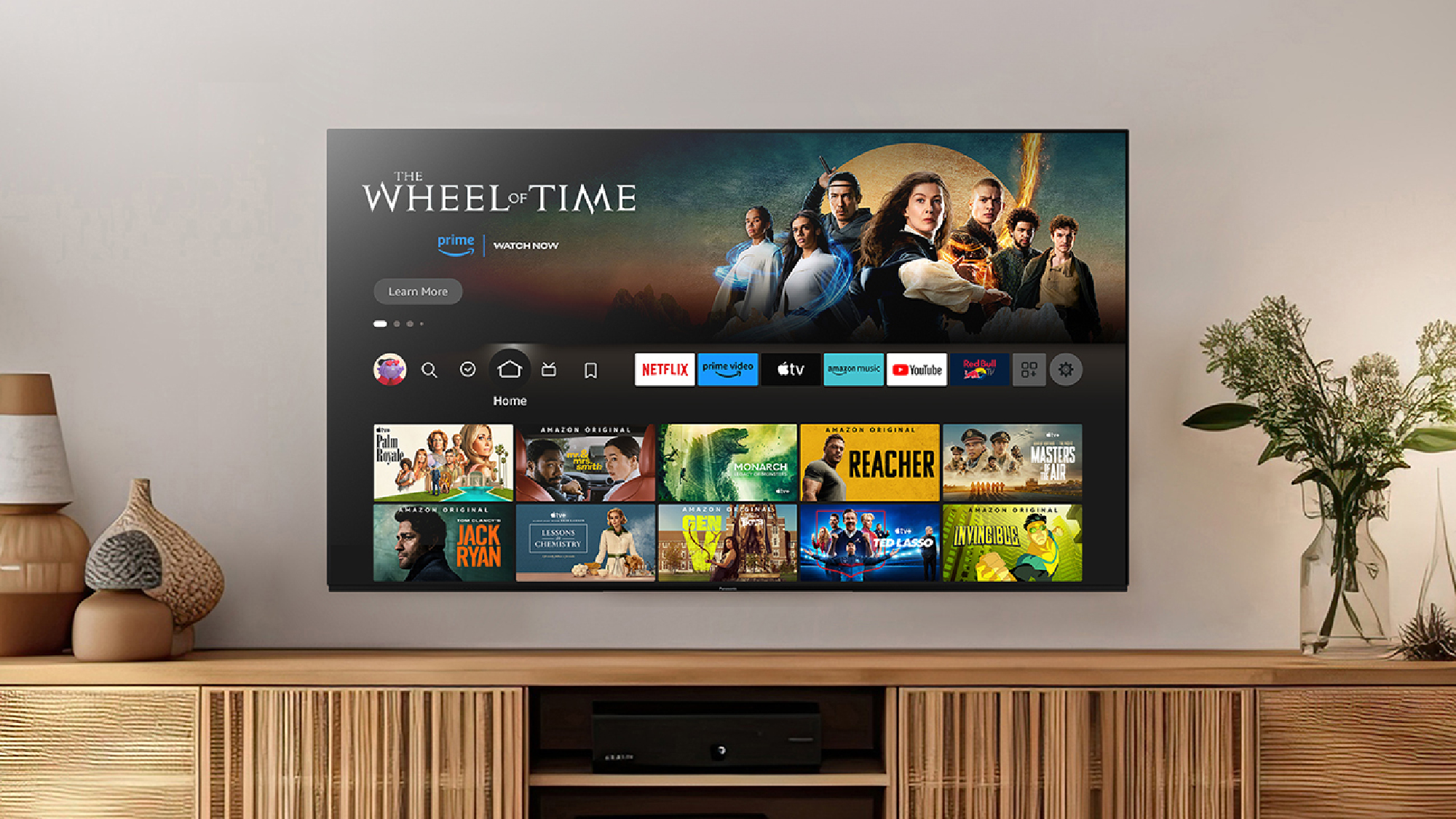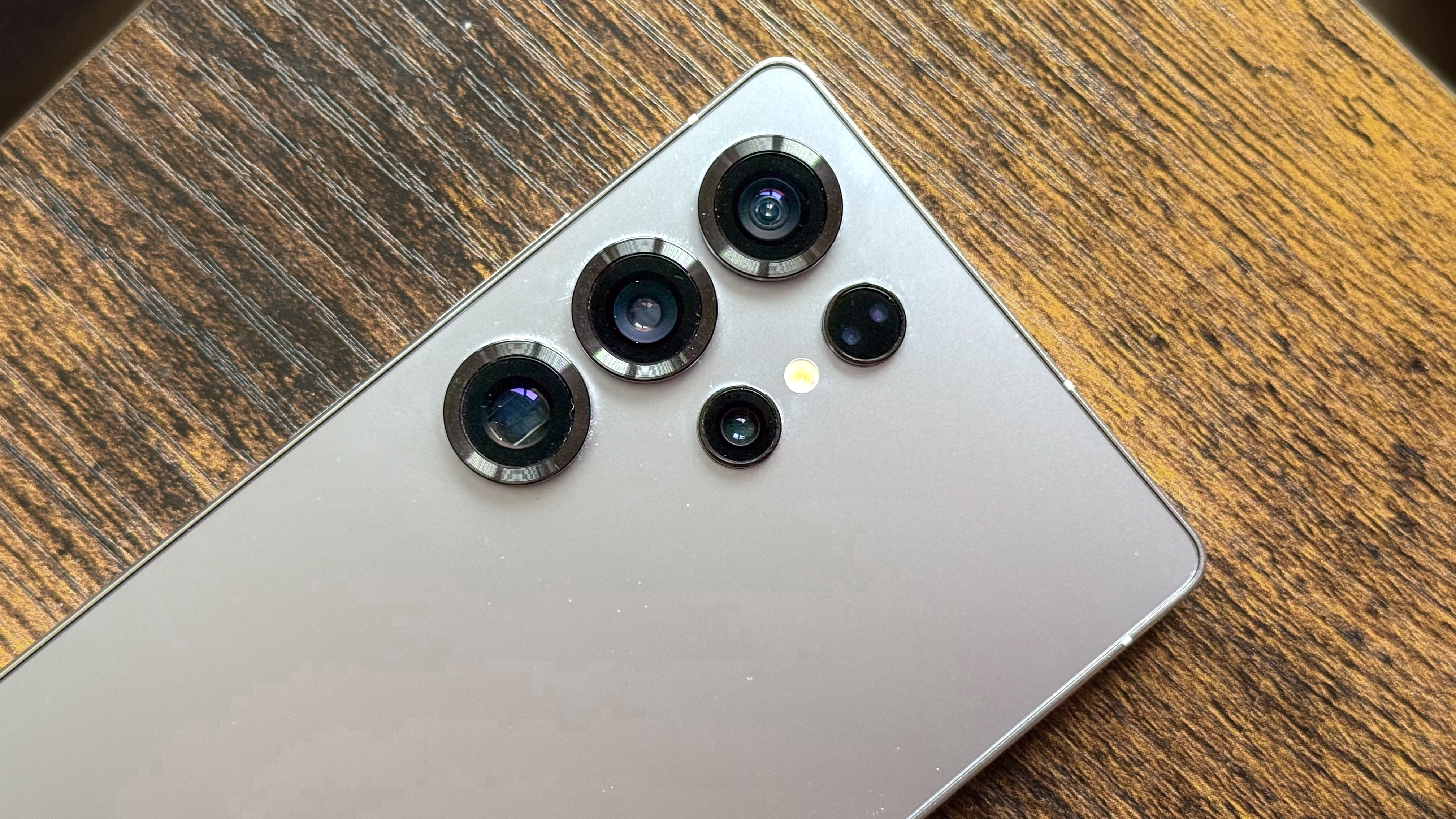Can Panasonic's best TVs compete with Samsung, Sony, and LG?
Panasonic is back and they're taking aim at some of the best TVs on the planet

In case you missed it, Panasonic announced its grand return to the U.S. TV market earlier this week, revealing its plans to bring two Panasonic OLEDs and a Mini-LED TV to U.S. shelves — starting now. They're also arriving with the hottest display technologies going right now: OLED and Mini-LED.
Having followed the industry for over a decade now, I'm obviously interested to see how this development plays out. There's only so much speculation that my expertise allows for, but I can say this with confidence: Panasonic has its work cut out for it.
Panasonic is taking its fight straight to the top
With its three new TVs, Panasonic isn't just taking a swing at LG, Samsung, and Sony, it's taking a swing at those brands' highest-performing competitors.
LG is still the most popular purveyor of both mid-range and high-end OLED TVs, and LG Display's cutting-edge Micro Lens Array (MLA) technology is giving high-end QD-OLED TVs from Samsung and Sony a run for their money. Those two giants, meanwhile, are pushing Mini-LED TVs to new heights with models like the Sony Bravia 9 and the Samsung QN90D.
And, while these new Panasonic models are a step up in price from this year's most prominent offerings from Hisense and TCL, Panasonic would be silly to sleep on them; the Hisense U8N, for instance, is our current pick for the best TV you can buy, in large part due to its relatively low price.
What Panasonic TVs need to do to thrive in the US
Let's pretend you're a well-known athlete who's been playing in a different league for a while. You're thinking about making a comeback. So, confidently, you start competing at the highest possible level right away.
Now, you're suddenly going up against some of the toughest, most talented competitors there are in a league that looks very different since the last time you were in it. To make it in that environment, you'd probably need to prove yourself pretty quickly, because everyone else has had a head start.
The TV environment here in the U.S. is similar. Attitudes, expectations, and brand wheelhouses are entrenched. Here's a list of four things Panasonic needs to prove right away in order to stay in the mix.
1. Its flagship OLED, the Z95A, ought to shine
It's more important for the top-of-the-line Z95A to make a splash with dedicated A/V enthusiasts.
Panasonic dropped two OLEDs on our heads this week: the mid-range Z85A (which will compete with the likes of the Sony Bravia 8, the Samsung S90C, and the LG C4), and its flagship, the Z95A (which stands toe-to-toe with the Sony A95L, the Samsung S95D, and the LG G4). The more modestly priced Z85A will likely sell more, but I think it's more important for the top-of-the-line Z95A to make a splash with dedicated A/V enthusiasts. You know: nerds like myself. After all, what's the point of showing up and planting a flag in the higher end of the market if you can't hang with the TVs that perennially end up on best-of-year lists?
The Z95A is outfitted with the same MLA technology that helped make the G4 a feast for the eyes. In short, it helps redirect light out to the viewer, dramatically increasing peak brightness compared to standard WOLED displays. Its inclusion tells me that Panasonic is serious about making a dent on the highest end of the market.
2. The W95A Mini-LED TV needs to keep things in check
I've yet to see the Panasonic W95A Mini-LED TV in person, but I've seen nearly every Mini-LED that's hit U.S. shelves in the last several years, and you know what? Mini-LED TVs have gotten really good.
Before Mini-LEDs took off, even the best LCD TVs struggled to limit the cloudy, bluish haze that would often appear when bright objects clashed with dark backgrounds. Mini-LED TVs haven't eliminated this problem completely, but their smaller size — together with huge advancements in picture processing — have greatly improved performance.
If Panasonic is aiming for the W95A to be in the mix of the best Mini-LED TVs you can buy, the W95A local dimming needs to perform at the high level we've all come to expect from TVs in its price range.

3. The Fire TV smart platform should be good enough for daily use
In its announcement, Panasonic revealed that all of its U.S. TVs would come with the Amazon Fire TV platform built in. This will grant viewers the flexibility of pairing their TV with Alexa for hands-free voice control and smart home integration for those with accompanying Amazon devices.
For better or worse, in the U.S., Fire TV hasn't had much of a presence as a built-in smart platform option in this price range. Say what you will about Samsung Tizen OS, LG webOS, and Google TV, but people are familiar with them, and many shoppers base their decisions on software that they're familiar with. Fire TV should at least be as stable and easy to use as those alternatives.
4. Eventually, more OLED screen sizes would benefit shoppers
Between the two OLEDs, the Z85A comes in 55- and 65-inch size options, while the flagship Z95A only comes in 65 inches. In an era where 77-, and 83-, and 98-inch OLED TVs are rising in popularity, Panasonic has decided to sit this one out.
It's not just the larger-than-life sizes that matter, either. The 42- and 48-inch size options that LG has made available in its C Series lineup in recent years has been a hit with folks looking to use an LG OLED as a monitor, and among the crowd that just wants to experience an elevated picture at a modest size and price point. For now, the 55-inch Z85A is the smallest Panasonic OLED you can buy.
The final word: Panasonic OLED and Mini-LED TV reviews
The release of these TVs is imminent, but I'll let you in on a secret: We have them already and we're currently hard at work putting them through their paces.
Until we have hard test data to share, however, it's hard to give you a full, robust opinion on the TVs. Yes, they're likely going to blow you away (our reviewer, Ryan Epps, has only had positive things to say so far), but I don't want to get too far ahead of myself without knowing exactly how it performs in our lab tests.
Curious to see how Panasonic's flagship panels stand up against the best TVs of 2024? Be sure to check back to see if they're as good as we're hoping they can be.
More from Tom's Guide
Sign up to get the BEST of Tom's Guide direct to your inbox.
Get instant access to breaking news, the hottest reviews, great deals and helpful tips.

Michael Desjardin is a Senior Editor for TVs at Tom's Guide. He's been testing and tinkering with TVs professionally for over a decade, previously for Reviewed and USA Today. Michael graduated from Emerson College where he studied media production and screenwriting. He loves cooking, zoning out to ambient music, and getting way too invested in the Red Sox. He considers himself living proof that TV doesn't necessarily rot your brain.
